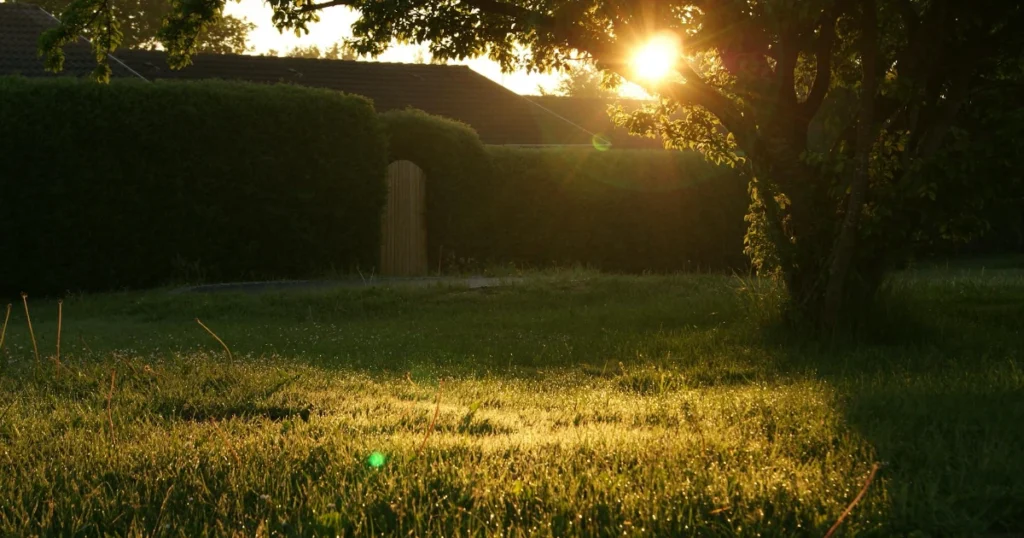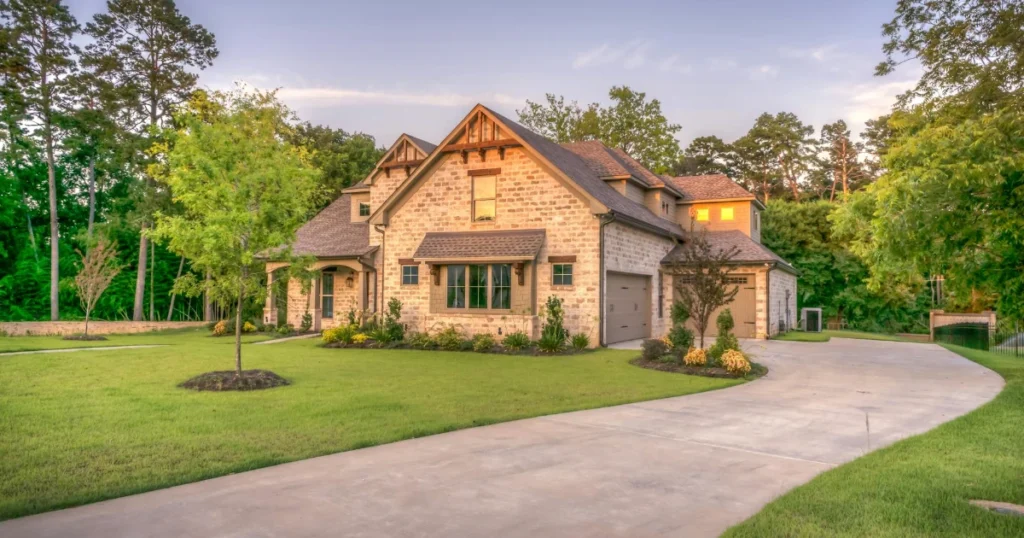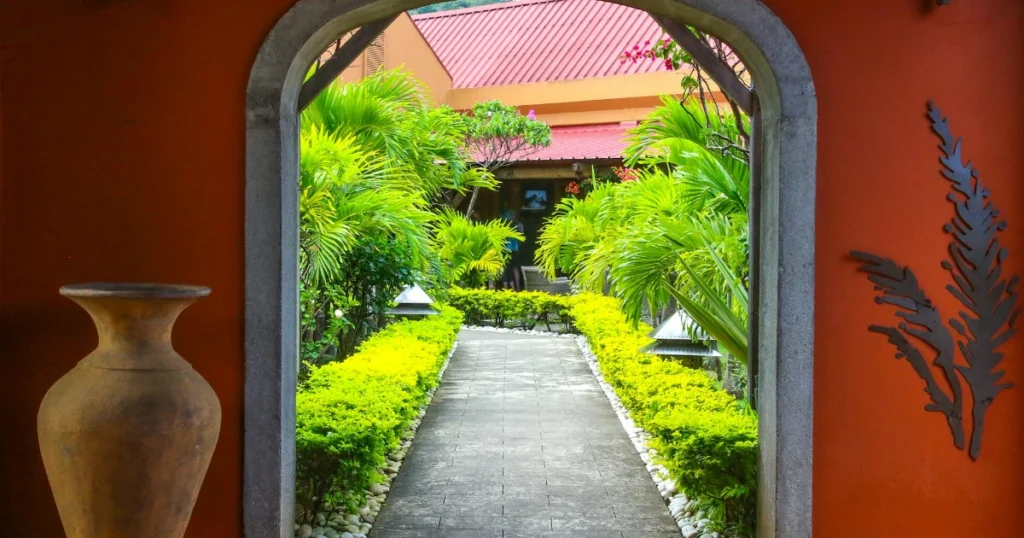Want to revamp your garden? This article explores 12 garden style ideas, providing inspiration to achieve your dream outdoor landscape.
Cottage Garden Style
Cottage garden style is well-loved and suitable for smaller gardens. This style focuses on plants, mixing flowers, vegetables, and fruit. You can include a fruit tree, even in the smallest garden. The style is full of color and life. If someone gives you a plant, just find a place to wedge it in.
Typically, it’s about growing the plants that do well in your neighborhood. These plants are not difficult or expensive, but colorful, fun, and easy. Cottage gardens feature pathways, terraces, and seating areas with mismatched furniture. It’s casual and comfortable.
Traditional Garden Style
A traditional garden has a formal area close to the house. It includes a herbaceous border, a wide open lawn, and wilder areas further away. Practical elements like vegetable growing and sheds are tucked out of sight. The garden is divided into garden rooms.
Most traditional gardens have a formal garden at their heart. Formal garden style translates well into smaller gardens. It is geometric, incorporating triangles, circles, squares, and rectangles. Repetition and pairing are key, along with topiary, sculpture, and paths. A formal garden doesn’t have a huge amount of colorful flower planting.

English Country Garden Style
English country garden style is well-loved, even outside of England. While it needs space, it translates well to middle-sized gardens. Key elements include wide paths, deep herbaceous borders, and color theming. There are shrubs, trees, focal points, topiary, and winter interest.
Lawns are a must, but the flowers make an English country garden. Think about tumbling roses, irises, and delphiniums. The furniture will be traditional, with benches, sundials, arbors, and arches. The garden is often divided into rooms.
Architecture-Inspired Garden Style
This style focuses on hard landscaping. When considering paths, terraces, fences, walls, and sheds, the architecture of your house is a great starting point. For example, use the same yellow brick for the paths as was used to build the house.
Outdoor Room/Urban Garden Style
An outdoor room garden does not prioritize plants. Consider an outdoor kitchen with a collection of plants. Furniture should work hard in a limited space. Raised beds can have borders wide enough to perch on during a party. Benches should double as storage for cushions.
These gardens don’t have lawns, using decking, paving, or gravel instead. Surfaces often reflect those inside the house. Stone flags in the kitchen can be echoed by similar stone flags in the garden. Wooden boards in the kitchen might be reflected in decking in the garden.
Contemporary/Modern Garden Style
What defines contemporary and modern gardens is an innovative use of materials. This includes things like corten steel or gabions. Gabions are cages with rocks that were originally used to stop landslides. Now, they’re used in contemporary gardens.
You will see a lot of contemporary garden design at garden shows. The main point is to bring in new ideas and do things differently.

Mediterranean/Dry Garden Style
This style starts with drought-tolerant plants. If there is low rainfall, you won’t have enough water to water a lawn. This garden will have gravel or shingle and rocks. The gravel or shingle will act as a mulch to retain water. These gardens tend not to have paths.
Coastal Gardens
Some parts of the coast have a lot of rainfall. What you may be looking for are plants that are wind resistant rather than drought resistant. This style does not include a lawn. Plants grow directly out of shingle or gravel. You may also have raised beds to fill with proper soil for vegetables.
Furniture and ornaments reflect the sea. They may appear weathered and old. There is a sense of recycling and upcycling, never throwing anything away.
Exotic/Jungle Garden
Even in a temperate climate, you can have an exotic or jungle garden. A jungle garden has lots of plants and layers. Palm trees or tree ferns form the top layer, with planting underneath. It has dense planting and leaf contrast. Colors will be quite bright. It’s about the leaves. A jungle garden needs a greenhouse to overwinter tender plants.

Wildlife Garden
All garden styles can be wildlife friendly. The key is not using chemicals. You need food, water, and shelter. Include a pond, plants that provide pollen, seeds, and berries. Shelter includes evergreen hedges and trees. If you like the look of piles of leaves in the corner of the garden, you can create shelter by leaving leaves in borders.
Japanese Garden
In a Japanese garden, what is left out is as important as what is put in. It’s a carefully thought out form of gardening. Trees are beautifully pruned. Textures like moss, algae, and lichens are important. Furniture, pergolas, and sheds will have a Japanese influence.
To wrap up, knowing the different garden styles can inspire your garden design. Choose a style that suits your taste and space. You can mix elements from different styles to create a unique garden.